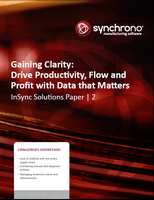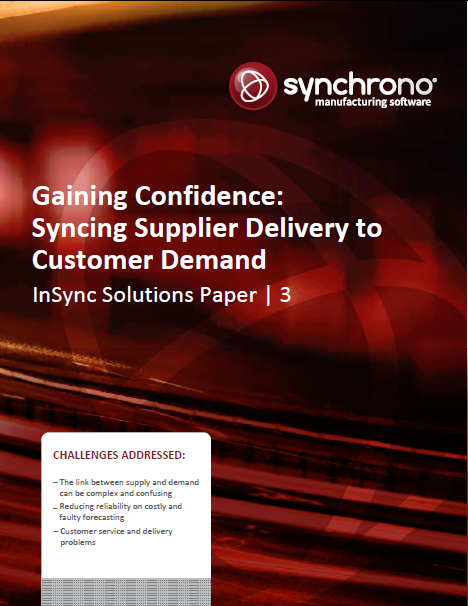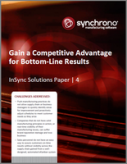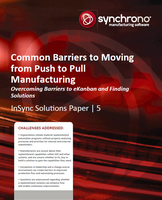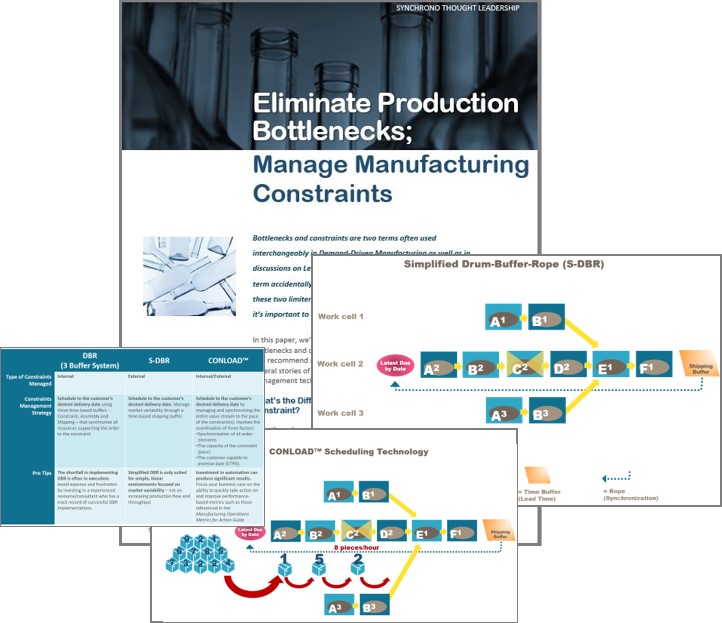Exploring eKanban: Push v. Pull Manufacturing
If you’re considering a shift from a traditional, push-based MRP manufacturing system to a more progressive pull-based system, this white paper is a must read. While contrasting both types of systems, the paper explores the nature of pull-based manufacturing and the evolution of Kanban systems to support today’s demand-driven manufacturing environment.


